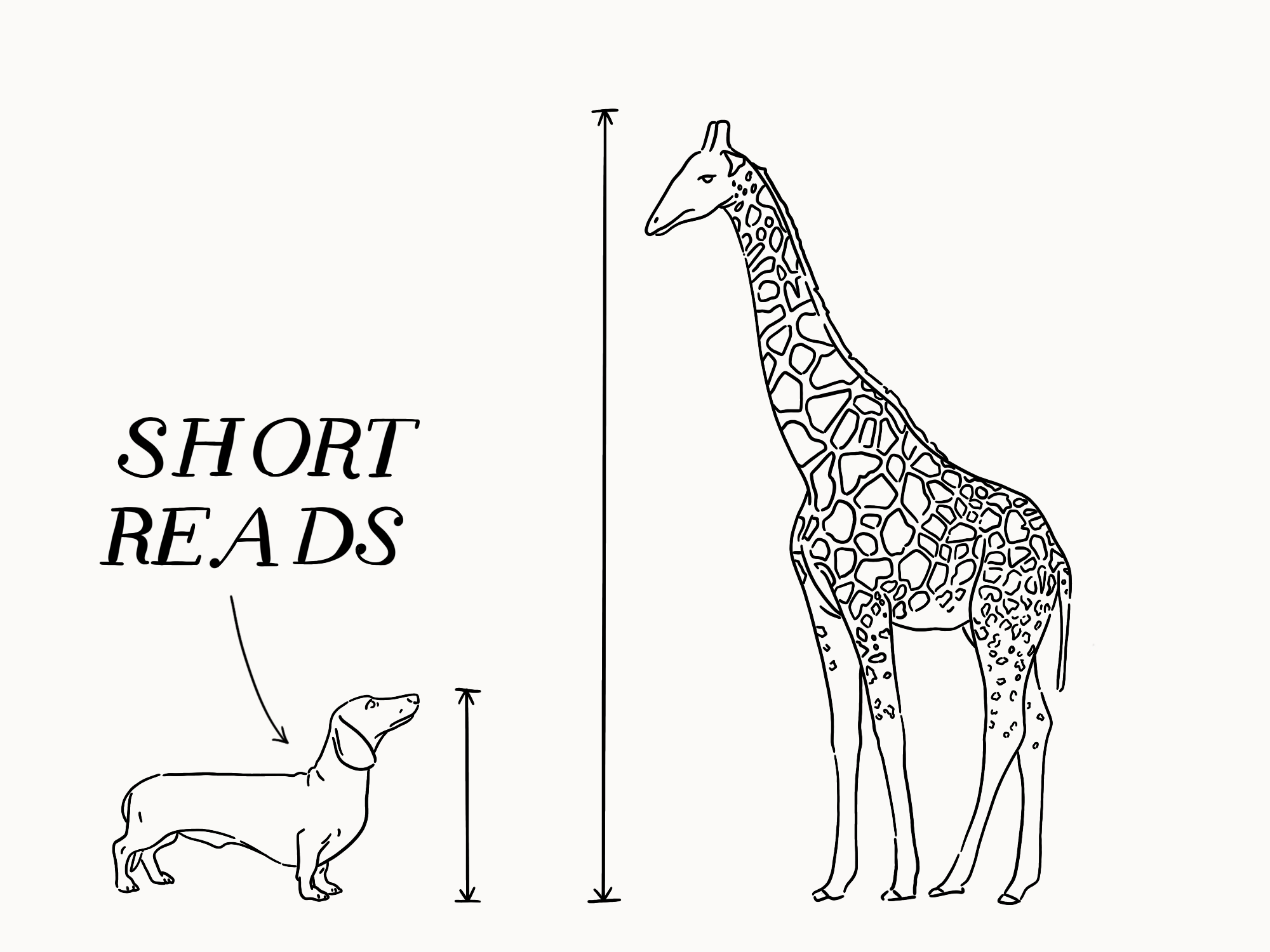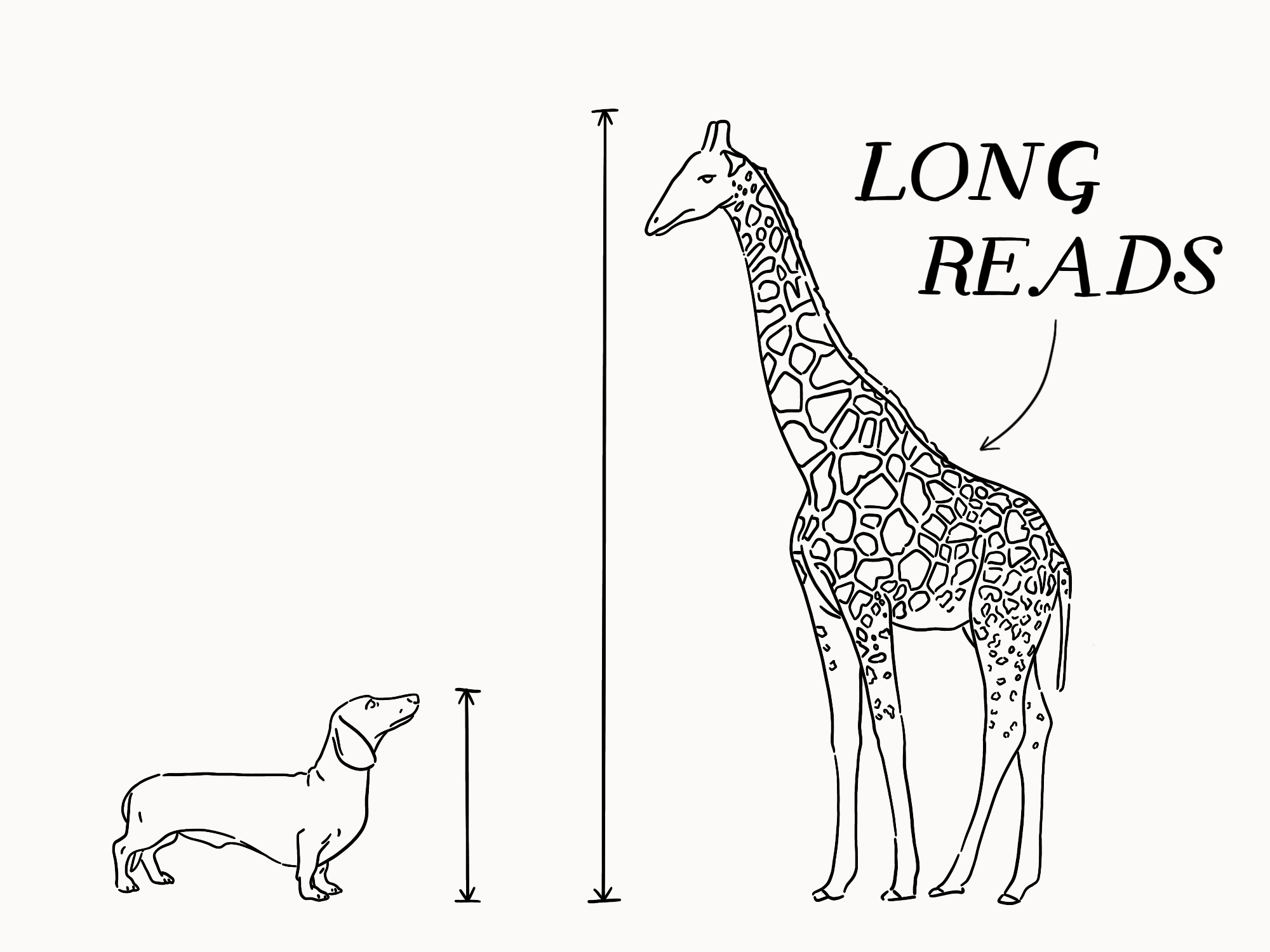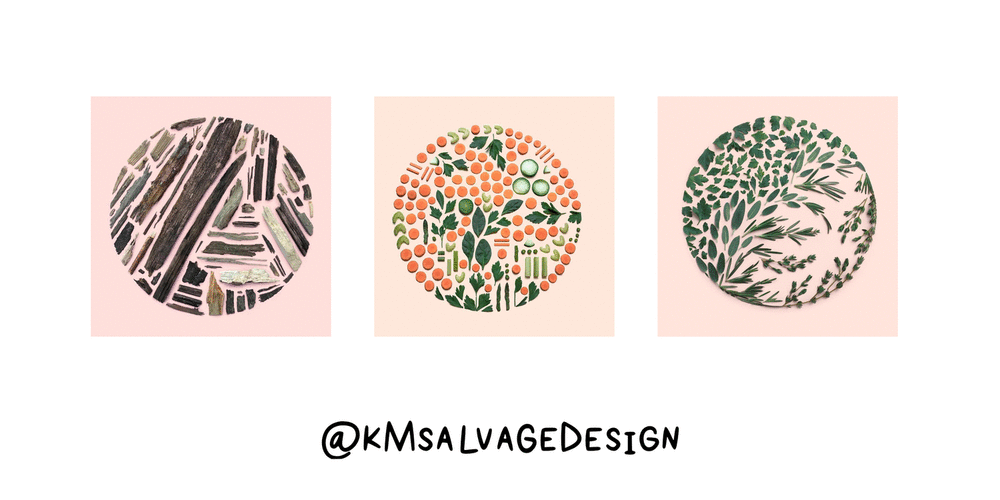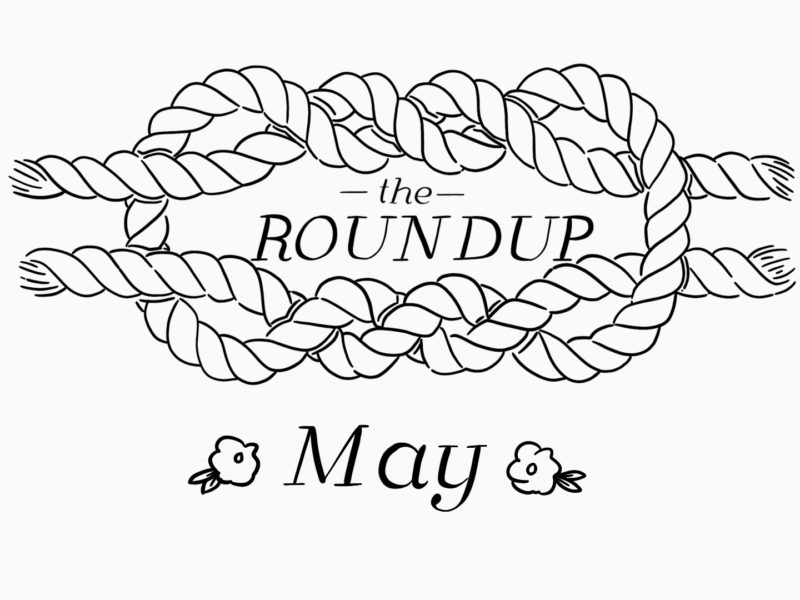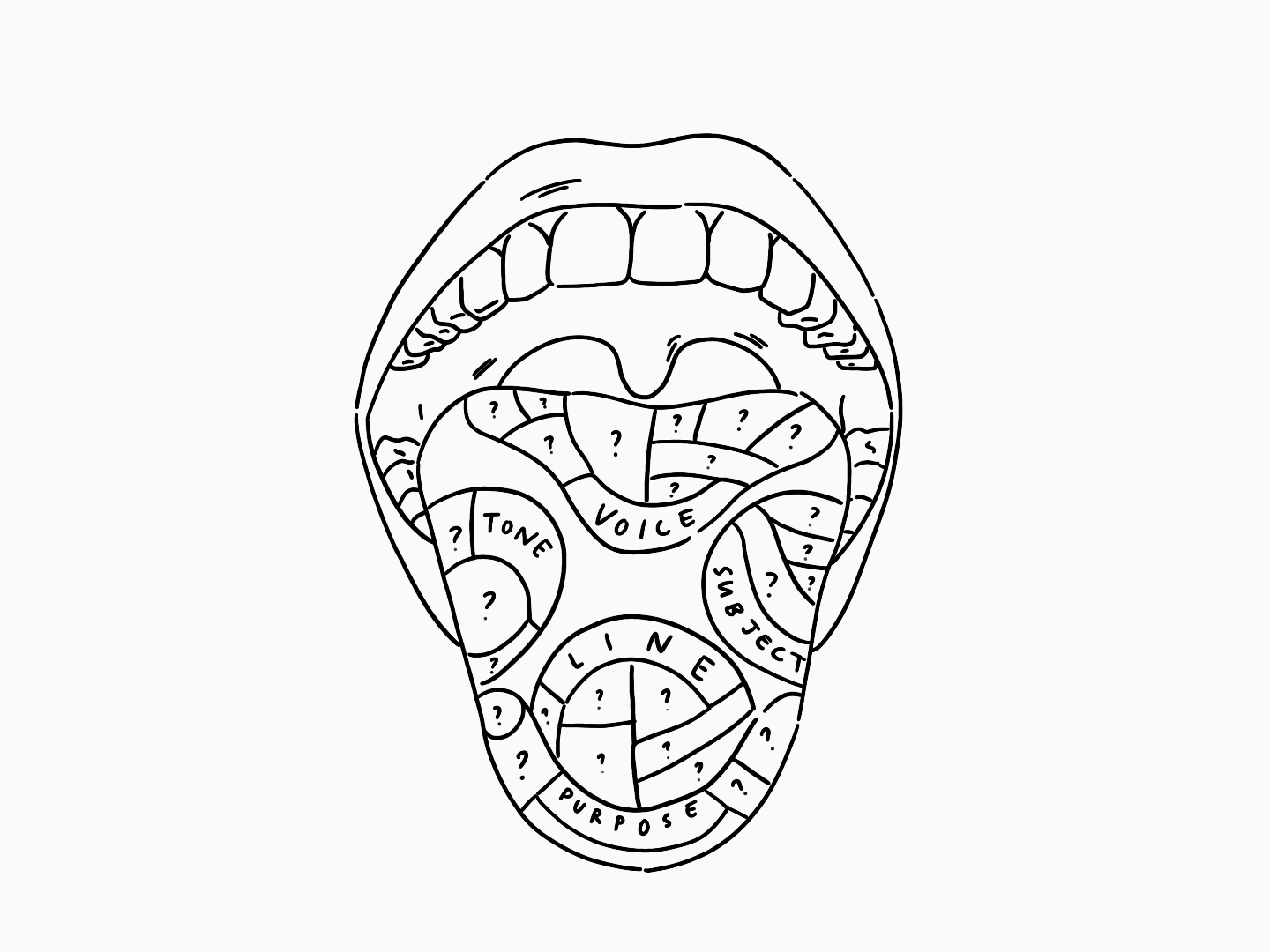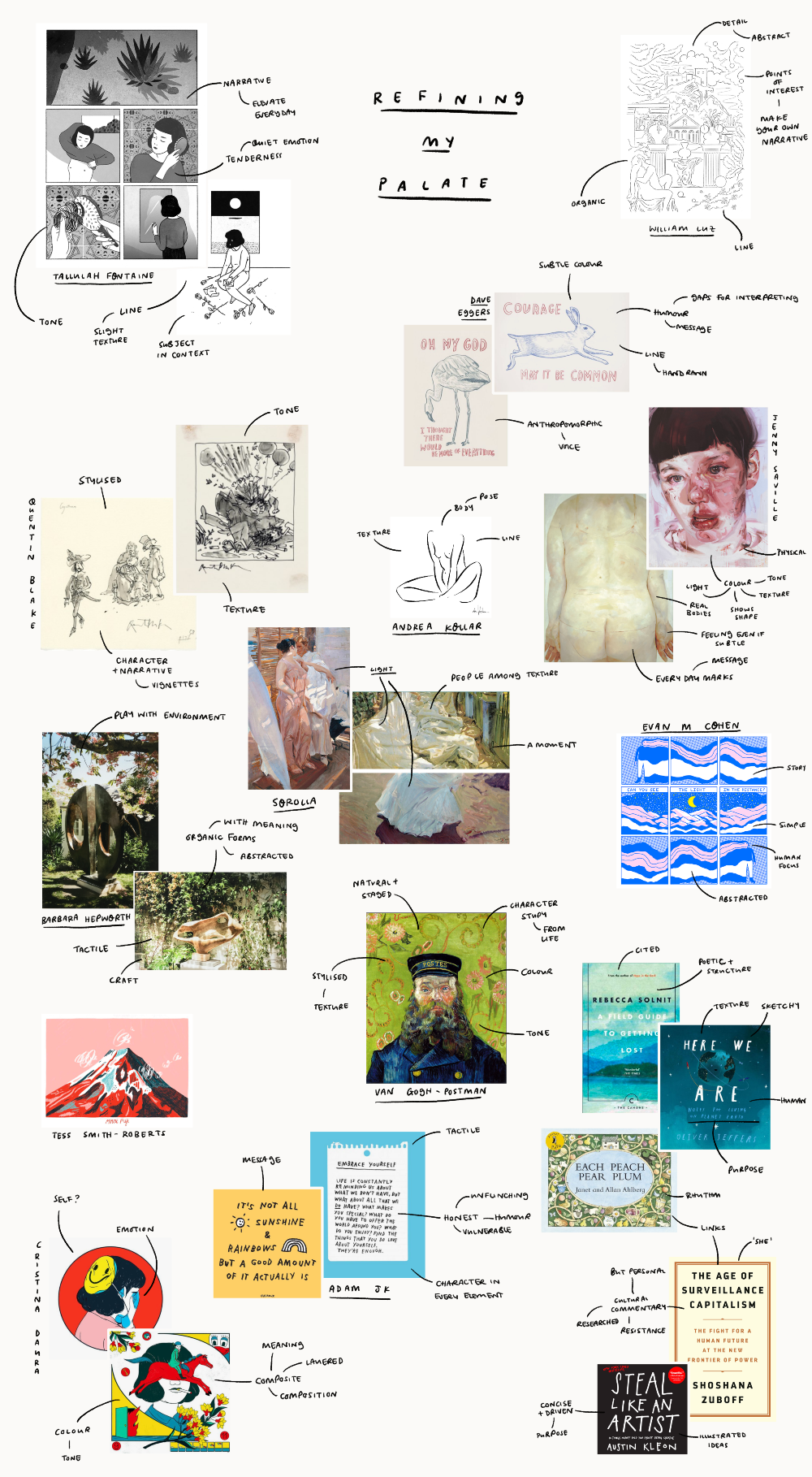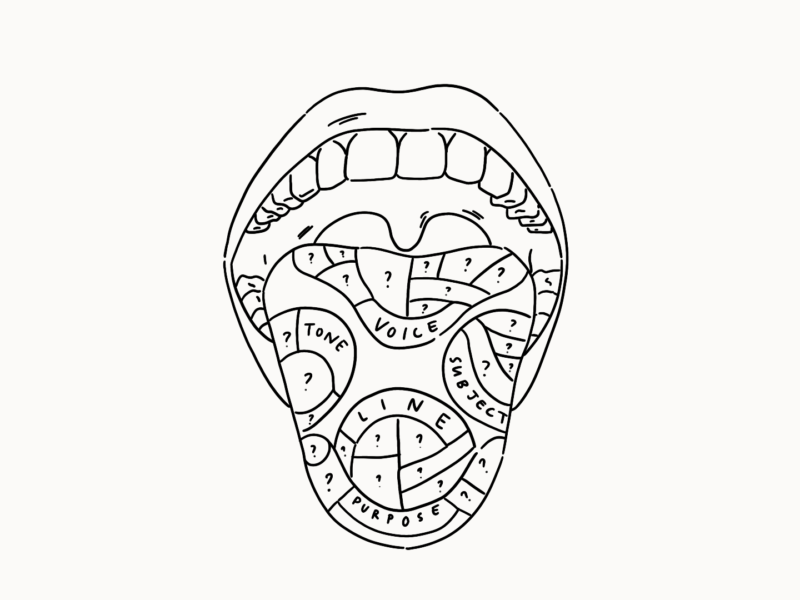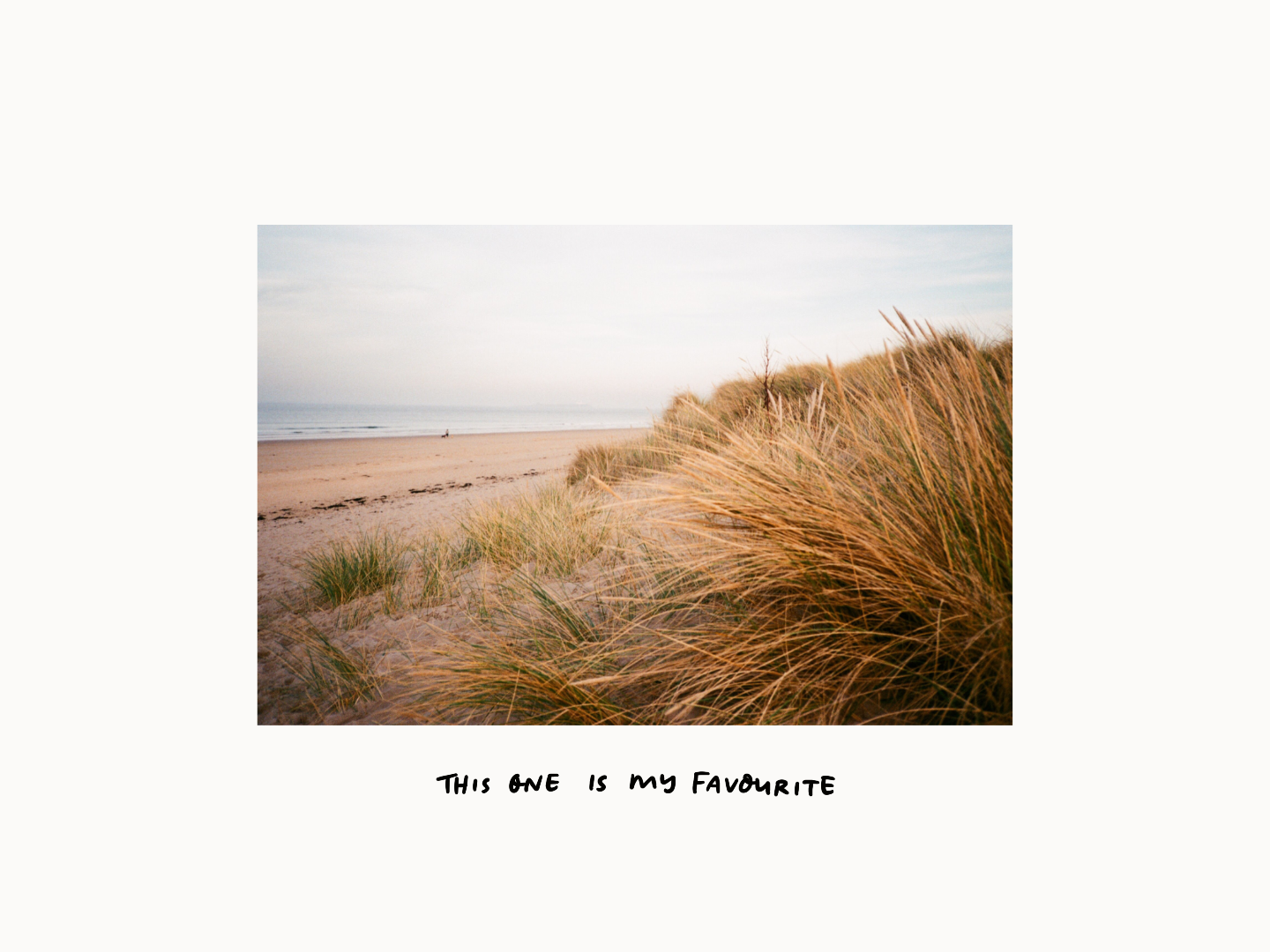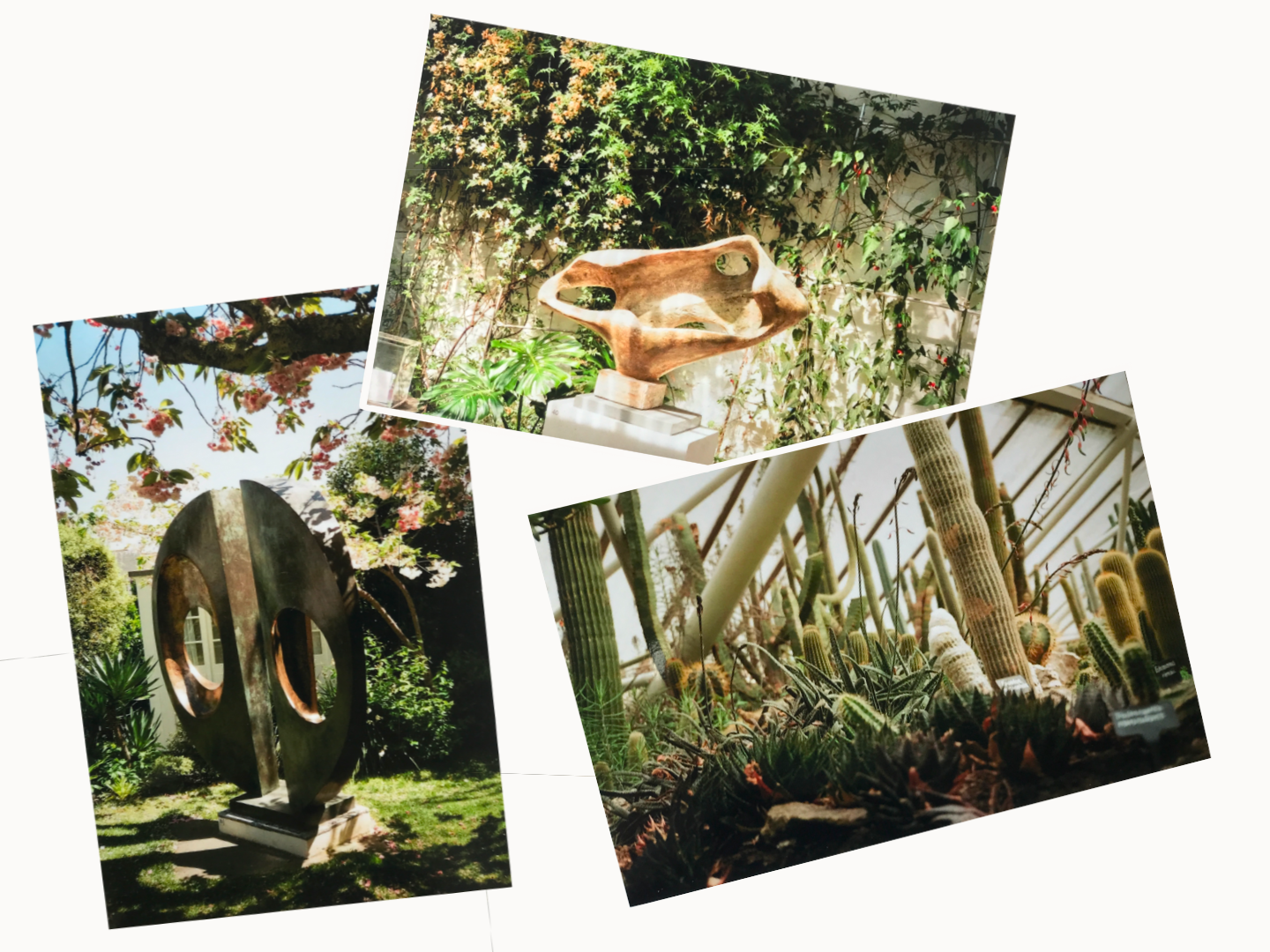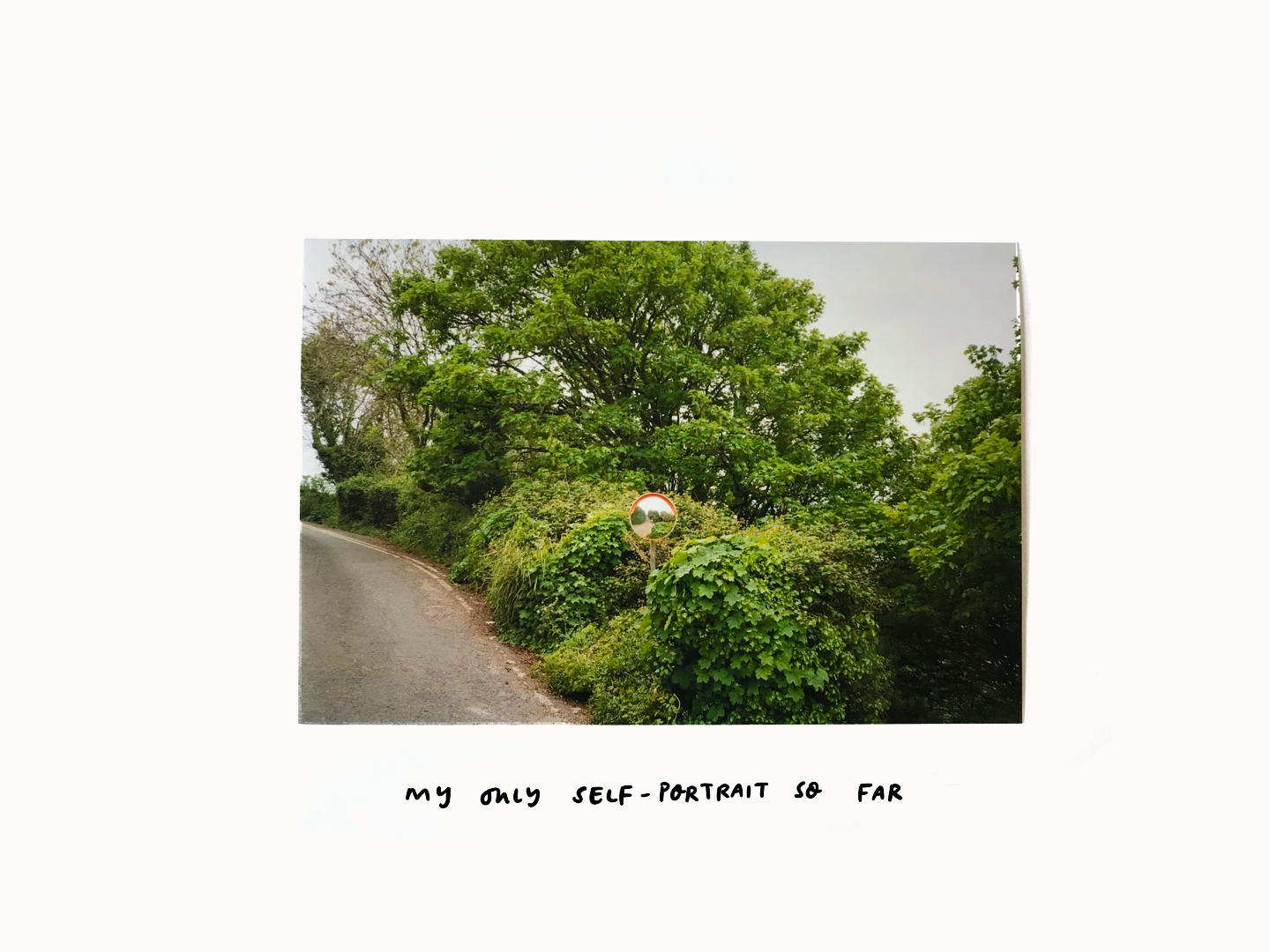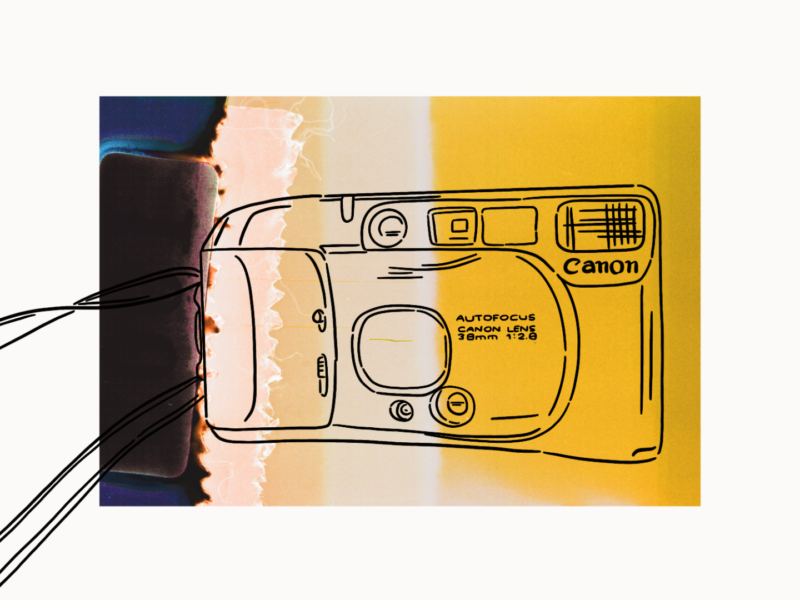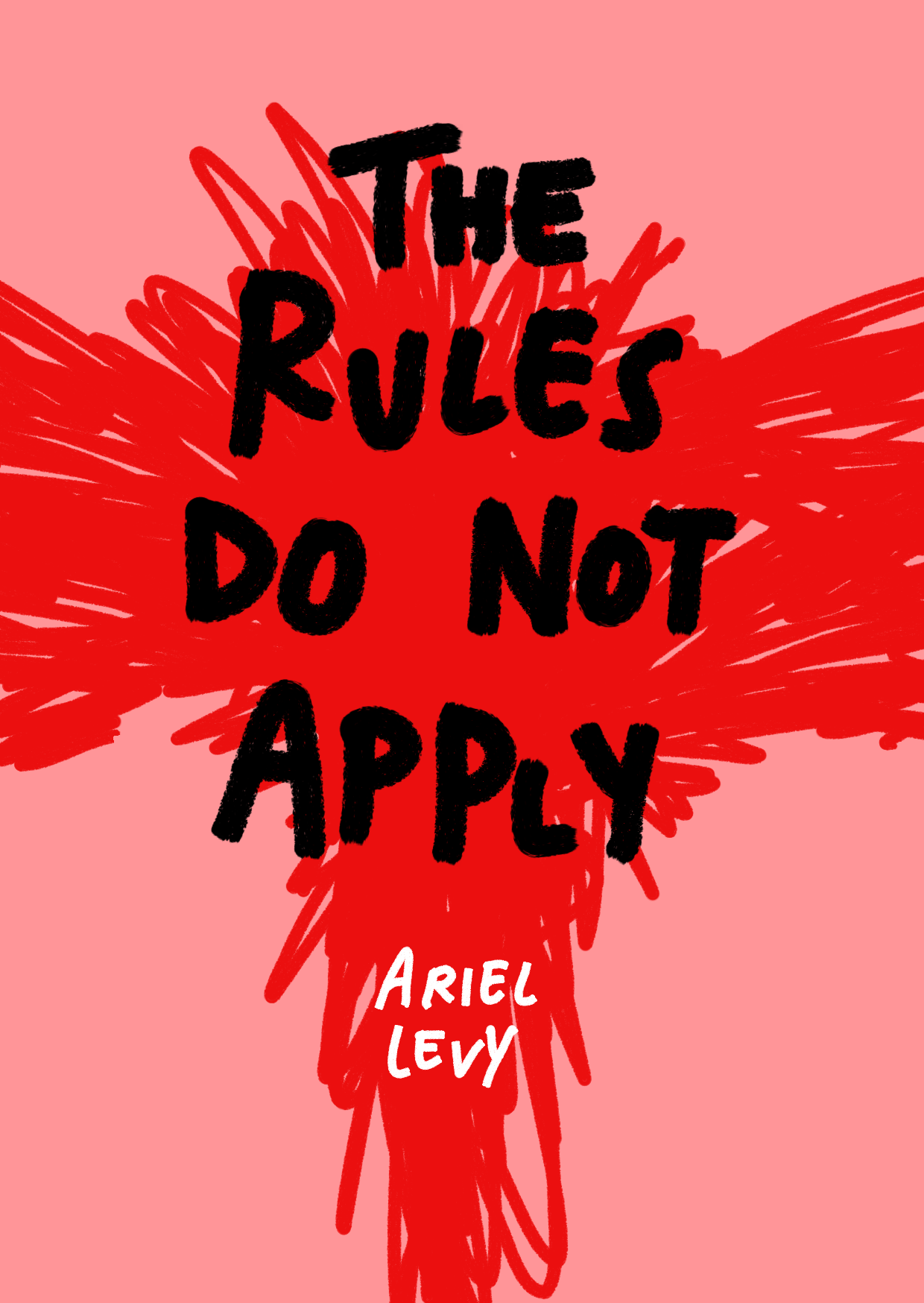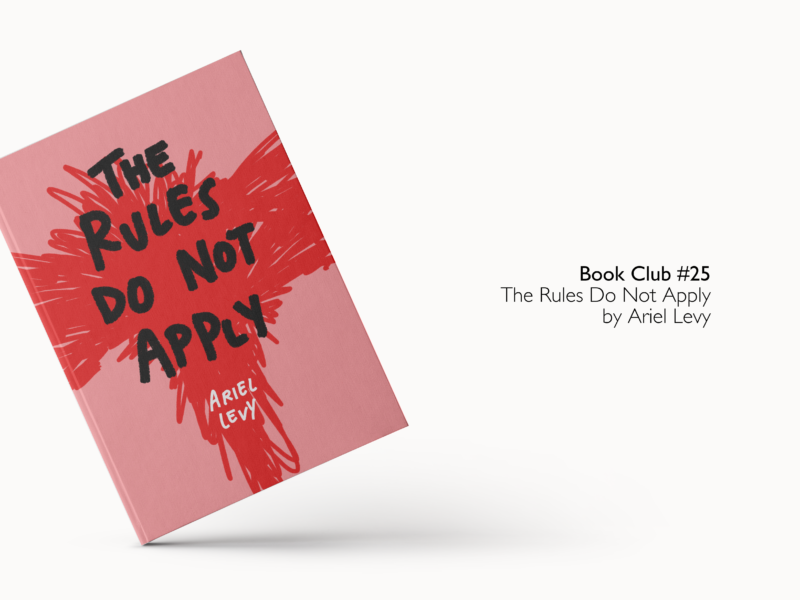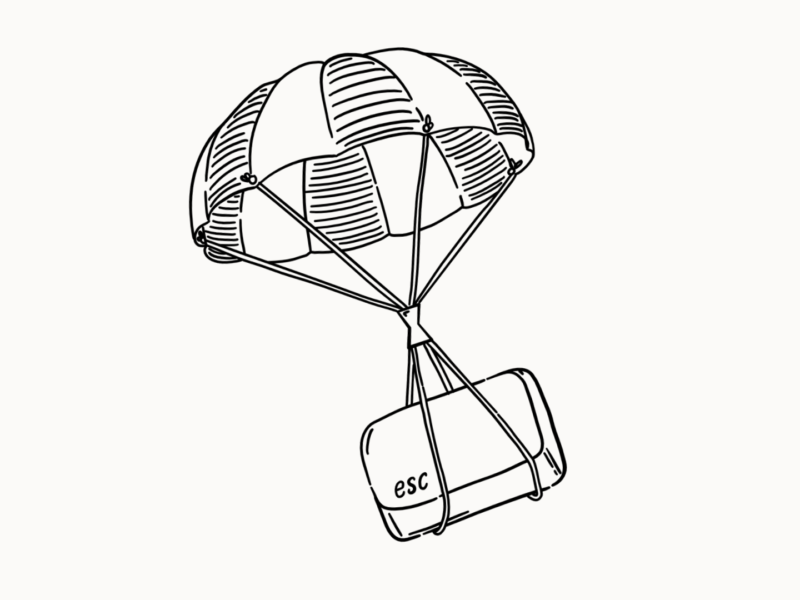Once or twice a year, I take myself away for a long weekend somewhere nice. I go on my own and I just focus on recharging and finding some peace with myself. Protecting this time has become essential to me, without it I’m not quite sure who I’d be.
Just recently, I went to Cornwall and fell in love with the south west coast. I walked and I read and I ate. I left London for 5 days and came back feeling grounded.
I’ve been taking trips alone for around 8 years now. I’ve gone on long trips and short trips. I’ve taken trains, planes, buses and ferries. While I’ve never done the classic backpacking through east asia alone (don’t come to me for trekking tips), I have become something of a master of a solo long weekend.
So I wanted to share some advice on taking some time away for yourself. I’ve written before, at length, about the importance of spending time alone and I still wholeheartedly back that. Getting comfortable in your own skin is one of the most powerful things you can do for yourself. But I want to acknowledge the fact that I’m incredibly privileged to be able to take trips on my own, in a way that I know not everyone is. I am not dependent upon anyone else in my day to day, and no one is dependent upon me. I am relatively financially stable and I can take a few days away from work without worry. I am someone who (as an only child) was raised and encouraged to be independent, to step out on my own. I am also a massive introvert who relishes a little quiet.
Taking a few days to yourself doesn’t have to mean jetting off to a luxury resort (I never have) and in every tip I share there’s a huge amount of flexibility. But I know solo travel isn’t for everyone, and there are plenty of ways to get to know yourself without it.
For reference the trips I usually take are within the UK or Europe and are for 3-5 days. Personally, I go for places where I can get outdoors and walk. There’s something particularly powerful about being out in nature on your own. I try not to use my phone/digital devices too much beside navigation and checking when things open. I stay in airbnbs now, although when I first started travelling I was always in hostels. Hostels are great if you’re looking to make friends but now when I travel alone, I really do want to be alone*.
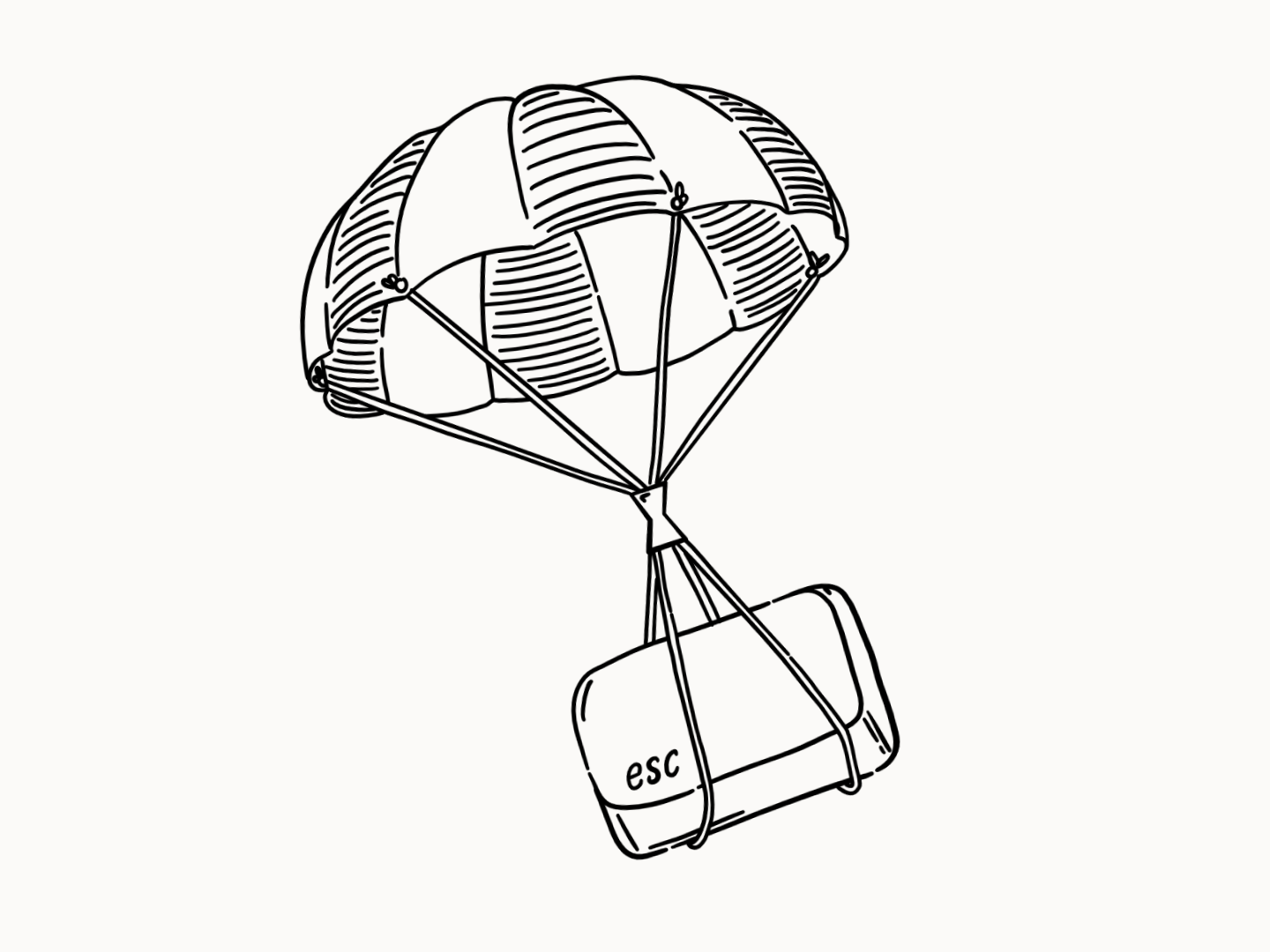
Plan with your comfort zone in mind
I know some people say the only way to grow is to push yourself outside of your comfort zone. But, first, I hate the term comfort zone. Second, there’s a difference between pushing yourself a little further and feeling like you’re jumping off a cliff. Like with a science experiment, I try to only push myself in one area at a time. So if you’re not used to spending time alone as a starter, and that’s intimidating, make the rest of the trip easy. You could stay close to home or go somewhere you’ve been before, just for a couple of days. If you want to go further afield but aren’t a confident planner, perhaps try hotels rather than airbnbs where you’re likely to have a little more support. You don’t have to do everything all at once.
Make sure someone knows where you are
I’m going to sound like your mum, but have a few scheduled check ins to make sure someone knows where you are and that you’re safe.
Know the key routes
This is another practical one, but make sure you know how to get from whatever station you’re arriving at to wherever you’re staying, without a phone. Print a map if you have to. But you don’t want to be caught in the dead of night (as I have been, more than once) in a different country trying to fumble with your phone while carrying bags, anxiously trying to get where you’re going.
Gut get lost if you can
If you can, get lost. Sometimes losing all bearings is the best way to find them in yourself.
Plan in potentials not schedules
While it’s important to know the basics, don’t over plan. Give yourself the freedom to have something catch your eye or to take longer than you thought it might. Go at your own pace and know that your pace might change.
Document as you go
One of the lovely things about travelling with other people is that you tell stories, and so make memories, as you go. How many times has a group trip resulted in an inside joke or that one story that gets brought out every year? When you’re travelling alone, it’s really important to actively document as you go, because you’re not socialising your stories in quite the same way. You could journal or take photos or even sketch what you’re seeing. But make sure you have something physical to help you remember.
Bring a book
A book can be a lifesaver on a solo trip. It’s something you can turn to when you’re waiting for a train, or food, or to find your next adventure, and it’s not your phone which is filled with updates about people you’re not with right now. Where I can I like to take a book that’s vaguely related to my trip. That might mean a book which is set in the same place as where I’m staying e.g. you could take the My Brilliant Friend to Naples. Or you could try a book my a local author, like reading some Fernando Pessoa while in Portugal. Or you could be a little less literal, and try something thematic, like reading Salt on Your Tongue by Charlotte Runcie, which is about women and the sea, by the coast.
Lunch is easier than dinner
I like food, it’s no secret. But dining alone can be a little bit awkward, especially if you’re not used to it. I’ve found that going out for lunch is way easier. It’s normally more casual and you’re probably already out so you don’t have to psych yourself up to go. Lunch also has the advantage of often being cheaper than dinner. So it’s wins all round.
Treat yourself
It can be easy to get into a mentality of “eh, I’m on my own it doesn’t matter”. But if you’re taking the time for a solo trip, please do the things you want to do. Eat the things you want to eat. Go to the places you want to go. Pay the entrance fee if you have to. This is your time.
Find time to reflect
If you’re going on a solo trip to have a moment with yourself, make sure you are actually having those moments. This can come from not planning too much in and making the time to read and not scroll. But I also think it’s key to actively seek out 10 minutes where you can just sit and think. It might seem a little weird of uncomfortable at first, but it gets easier and more rewarding I promise.
*This makes me sound incredibly grumpy, I probably am. But in this busy always connected world, there’s something to be said for being alone and quiet and with no one else trying to get your attention.
Natalie
